Is It Safe to Travel to Ukraine? My Thoughts and Experiences
I have just returned home from a trip to Ukraine and got numerous questions about whether it is safe to travel there and how I assess the risks of visiting during wartime.
It’s an interesting question, which I’ve obviously given lots of thoughts before I embarked on my trip.
In the following paragraphs, I will provide an overview of the safety situation on the ground in Ukraine and outline how I assess travel risks, as well as the precautions and preparations you should consider taking.
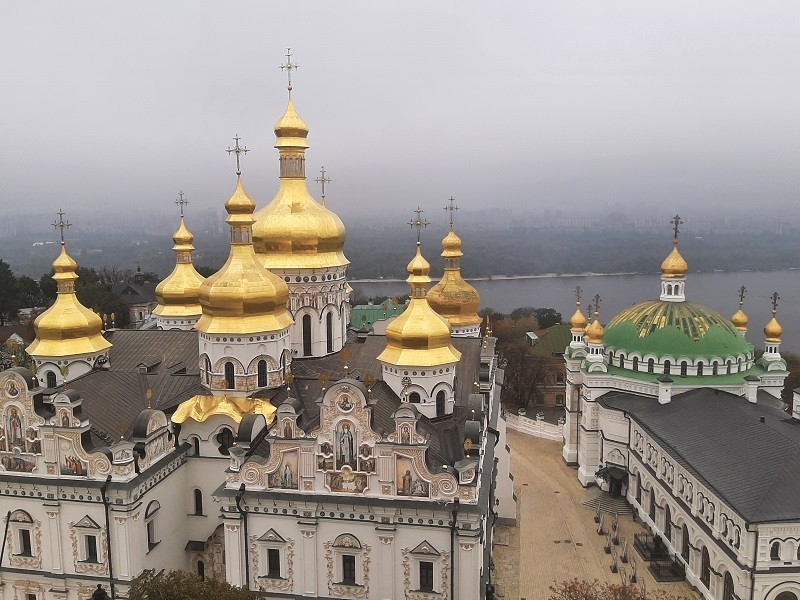
Ukraine travel safety
The answer to whether it is safe to travel to Ukraine is not black-and-white, as numerous factors will affect your safety while war is ongoing in the country.
This is further complicated by the fact that we all perceive the concept of safety differently, influenced by our personal experiences, travel history, and whether we have a risk-aware nature or are comfortable taking slight, calculated risks.
Just by looking at some official travel advisories, you can see big differences regarding safety.
For example, the Dutch Foreign Ministry currently categorises the whole of Ukraine as “do not travel”.
On the other hand, the British Foreign, Commonwealth & Development Office (FCDO) has a more nuanced perspective on the safety situation on the ground in Ukraine.
According to the British Foreign Office, eight oblasts (regions) in western Ukraine are classified as “advise against all but essential travel”, while the rest of the country is rated at the highest possible risk level of “advise against all travel”.
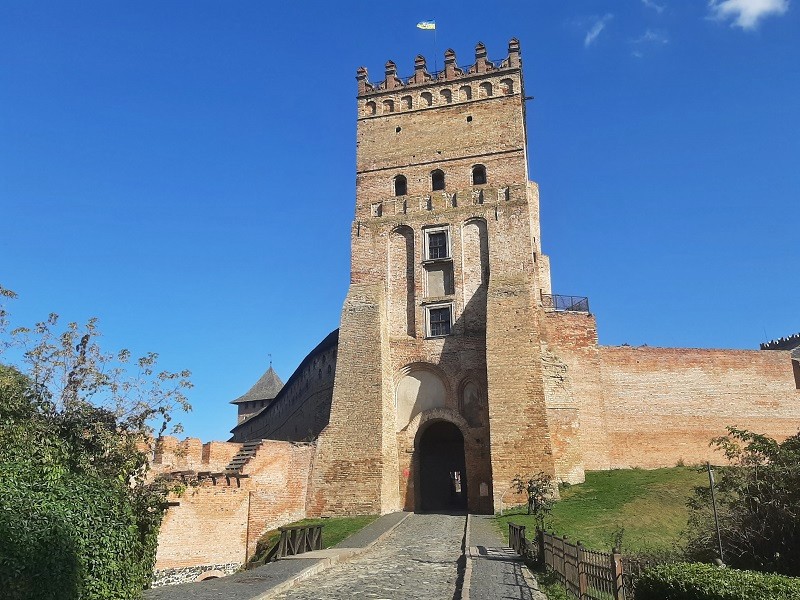
Regional safety
My view of the safety situation in Ukraine aligns much more closely with the assessment by the British Foreign, Office, as it clearly makes a difference where you visit in the country.
Needless to say, the risks are highest if you visit the oblasts along the current front line between the Ukrainian Army and the invading Russians.
Some oblasts — particularly Zakarpattia in the south-west, across the Carpathian Mountains — have hardly experienced any Russian missile or drone attacks since the outbreak of the war.
If you plan to travel to Ukraine, it’s wise to research how frequently a particular city or destination has been targeted by Russian missiles or drones in recent years, although this is obviously no guarantee of future safety!
Personally, I think it is safe to travel to the oblasts of Zakarpattia and Chernivtsi in Ukraine, while there are only very slight risks in other western oblasts such as Lviv or Ivano-Frankivsk.
Kyiv and Odesa — both popular travel destinations in peacetime — are targeted much more frequently by indiscriminate Russian drone and missile attacks on civilian areas.
However, the risks of visiting these cities are still considerably lower compared to places like Kharkiv and Kherson, let alone towns within shelling distance of the frontline.
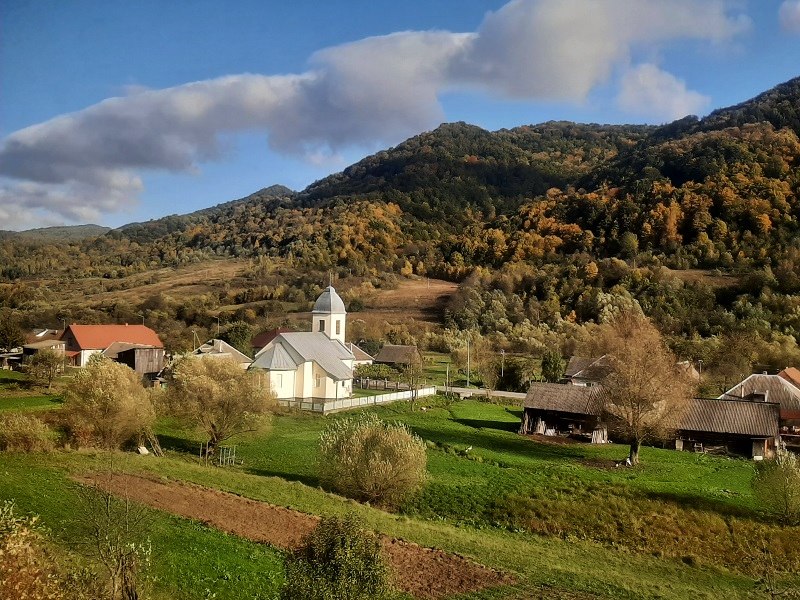
Risk assessment
On my recent trip to Ukraine, I visited Lviv, Lutsk, and the capital of Kyiv.
My personal risk assessment of my Ukraine trip was that it was relatively safe to visit Lutsk and Lviv, while the risks in Kyiv were slightly higher but still easily manageable and within my comfort limits.
There have been a few attacks on Lutsk and Lviv in the past, some targeting local industry and military sites, while others were indiscriminate Russian strikes on civilian objects.
Indeed, Russia has shown a clear disregard for innocent Ukrainian lives, frequently targeting residential blocks with missile and drone strikes, while in cities closer to the frontline, such as Mykolaiv and Kherson, even civilian cars have been attacked by kamikaze drones.
Because of this, I believe the safety situation differs significantly depending on whether you’re visiting Ukraine for a short trip or are a Ukrainian civilian living there permanently.
Lviv’s old town, a UNESCO World Heritage site, has not (yet) been attacked by the Russians, while civilian targets such as flats, hospitals, schools, and shopping centres in the suburbs of Ukrainian cities have been targeted as part of a Russian terror campaign aimed at demoralising the local population.
However, in some cities, especially those closer to the frontline, Russia has intentionally targeted hotels frequented by foreign journalists and aid workers, so keep in mind that you are not always safe as a foreign visitor.
I would still argue though that foreign travellers who visit Ukraine for only a few days, spending their time in the city centre rather than the suburbs, do naturally face much smaller risks, mathematically speaking, compared to those who live there permanently.
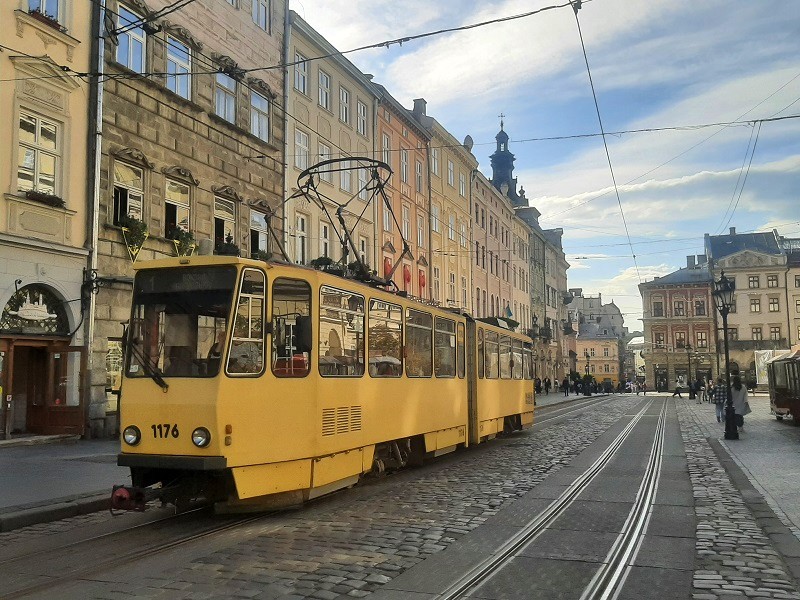
Statistics
It’s actually quite interesting when you examine the safety situation in Ukraine purely from a mathematical or statistical perspective.
Between 24th February 2022 and 2nd March 2024, 51 civilians were killed (source) in Odesa Oblast, which has a population of approximately 2.3 million.
In North Macedonia, which has a population of just 1.8 million, a total of 127 people died in road accidents over a comparable timeframe (the entire year of 2023 — see source).
The comparison has of course some flaws, but it illustrates that your chances of being killed by a Russian missile or drone strike while visiting Odesa are significantly lower than being involved in a fatal road accident while driving around North Macedonia in a rental car on holiday!
Yet if you were to ask people which activity is riskier, I’m sure most would say visiting Odesa while war is raging in Ukraine.
What I’m trying to express here is not in the slightest way meant to downplay the terrible situation that Ukrainian civilians currently endure.
On the contrary, it highlights how the safety situation is rarely assessed from a statistical perspective, but rather from a psychological one.
It is the feeling of unsafety and the fear of becoming a potential victim of an indiscriminate Russian missile or drone attack that occupies the minds of the people.
This situation is obviously much worse for Ukrainian citizens than for foreign visitors, as they have to endure countless air raid alerts — often multiple times a day, week after week — which will inevitably have a huge psychological effect on their overall safety feeling.
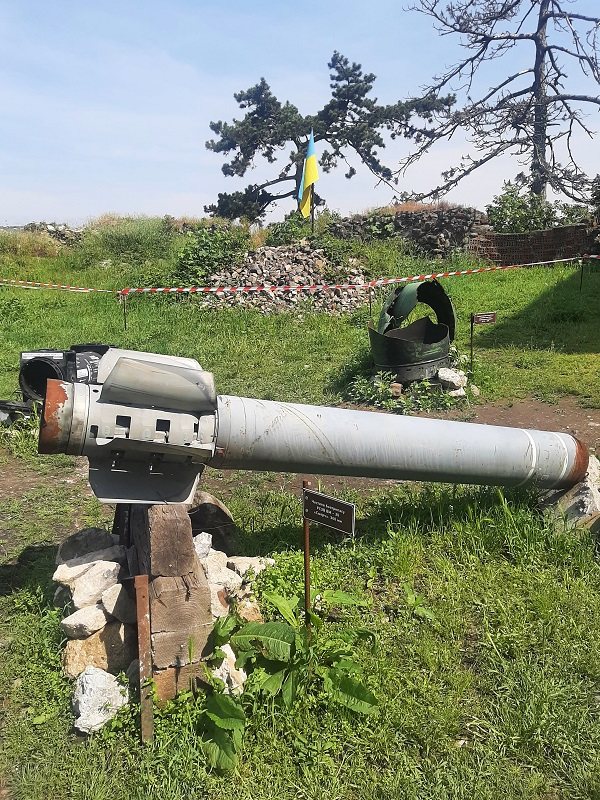
Safety preparations when you travel to Ukraine
Whether it is safe to visit Ukraine will always be a personal assessment based on your own risk tolerance and feelings.
However, if you decide to go, there are always some safety precautions you should take and a few others you should consider.
First of all, remember that Ukraine is in a state of war, with martial law currently in effect.
You should take your travels to Ukraine much more serious than you would do for a trip to let’s say Spain, which starts by reading up on all the regulations in place and by following the news and official travel advisories closely in the weeks prior to your departure, so you are up to date about all the latest developments.
Always follow instructions by army or police officers, and do not photograph military objects.
Respect the nighttime curfews that are in place (the exact hours differ between oblasts) and only go out if you have no other choice, such as when your train arrives late at night and you still need to reach your hotel.
When there is an air raid alert, go to the nearest shelter or find another safe place to wait out the alarm, such as tunnels or cellars, or the safest part of your room (always away from windows).
Note that during air raid alerts, your mobile phone and GPS signals may experience disruptions due to jamming and other defensive countermeasures by the Ukrainian Army.
If you are not familiar with the town or city you are visiting in Ukraine, it is best to research in advance where you can find shelters if needed.
Make sure to download one of the special Air Raid Alert apps designed for both Android and iPhone.
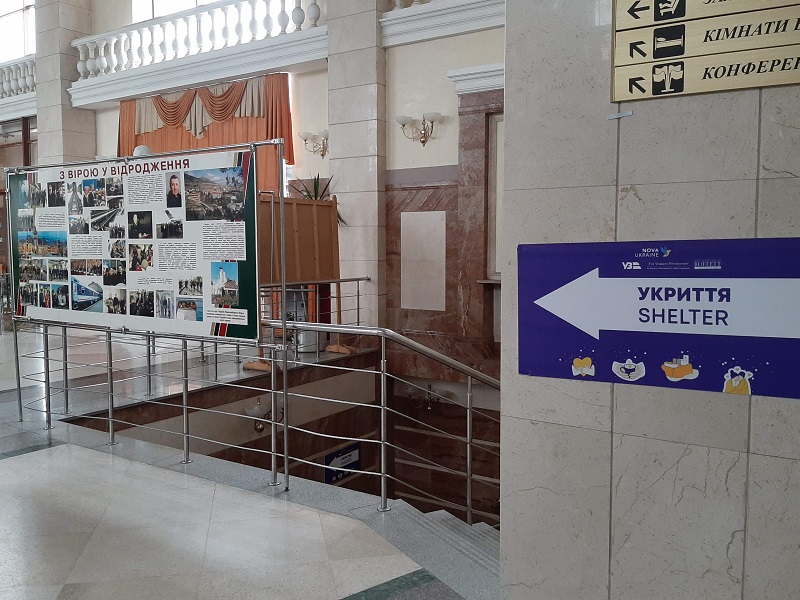
Travel insurance
It is important to note that most travel and health insurance policies are currently not valid in Ukraine, so check your policies carefully.
Fortunately, it is easy (and affordable!) to buy health insurance for Ukraine for the duration of your trip if your regular insurance provider does not cover travel to the country.
I purchased my health insurance from Euroins Ukraine through the Welcome Ukraine website.
Make sure that you select a policy that explicitly includes “injury as a result of military actions or measures” in your coverage, as not all Ukrainian health insurance packages provide this.
Note that such insurance only covers healthcare costs, transportation to the hospital and/or your home country in the event of injury, or repatriation of your body in the case of death.
Typical coverage that you would normally receive with travel insurance, such as theft protection or emergency evacuation, is not included, and it will be extremely difficult (if not impossible) to find an insurance provider willing to cover these risks for Ukraine at the moment.
Remember that your own embassy is also unlikely to provide support if you willingly ignore a “do not travel” advisory, so it’s important to keep in mind that you may be on your own if the safety situation in Ukraine takes a sudden turn for the worse.
It is therefore always wise to make some backup plans and have the means to exit the country on your own in case of an emergency.
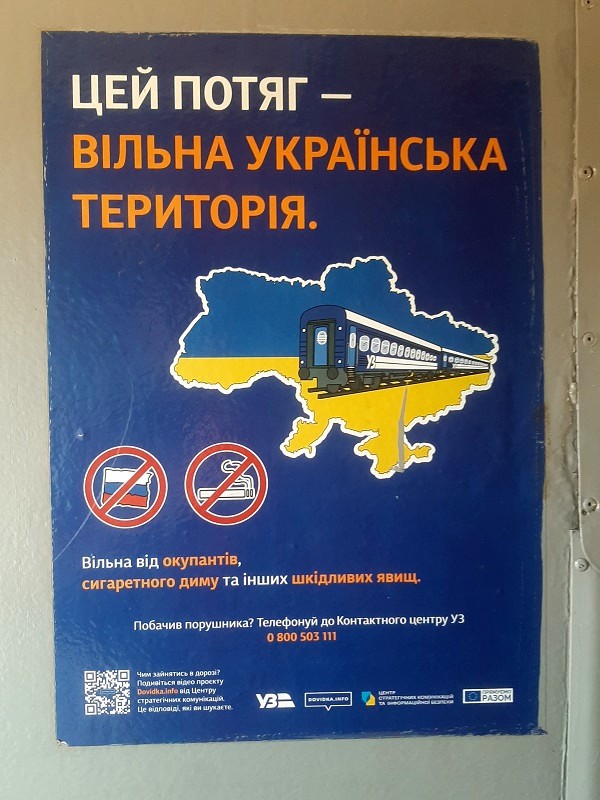
The plight of Ukraine
One last point worth mentioning about travel to Ukraine in wartime is the plight of the Ukrainian people.
As much as most Ukrainians try to continue with their daily lives as best as they can — whether it’s caring for their families, working their regular jobs, or enjoying time with friends over drinks in a café — the situation remains extremely difficult for them.
Everyone knows someone who has volunteered or been called up for the army, or who has been injured or killed by the Russians.
During my trip to Ukraine, I found that everyone I met — whether old friends or random strangers on the train — was extremely welcoming.
Ukrainians take pride in their country and welcome foreign visitors with open arms.
Even if you are travelling to Ukraine purely for tourism, rest assured that locals and border guards will not bat an eye at your presence.
However, the key to travelling responsibly is to ensure that your visit to Ukraine is motivated by a genuine desire to learn about Ukrainian history and culture or to understand what it is like for the local people to live through the war.
It is perfectly acceptable to ask questions to Ukrainians you meet and discuss the current situation if you approach this sensitive topic with respect and at the appropriate time.
However, this is not the time for political discussions or for assuming that you know better than the individuals you are speaking with.
Moreover, it is the Ukrainian people who are responsible for determining the best course forward for their country, as our opinions as foreign visitors are frankly irrelevant in this regard.
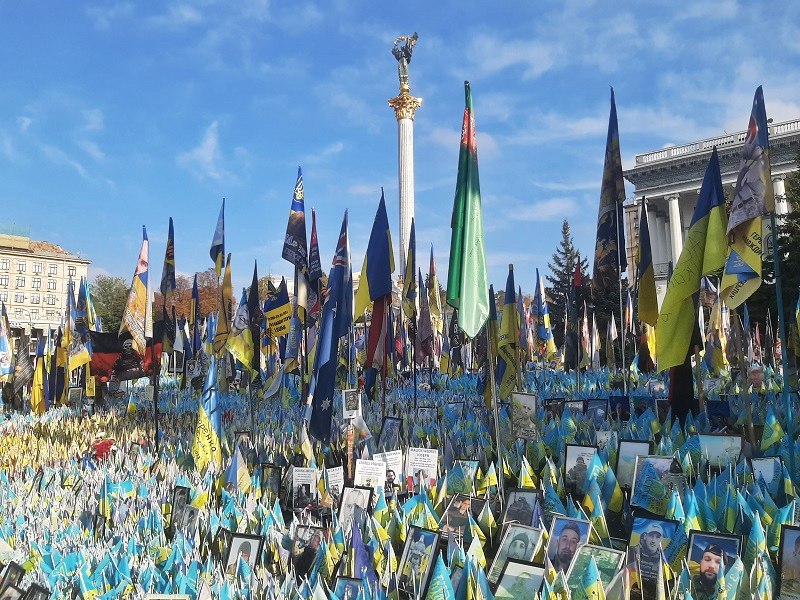
Conclusion
The question of whether it is safe to travel to Ukraine primarily depends on where you intend to visit in the country and your own risk assessment.
With the right precautions and preparations, travelling to western Ukraine is relatively safe, and other parts of the country can also be visited if you are mindful of the risks involved.
To ensure your safety during your travels in Ukraine and to be as prepared as possible, be sure to read official travel advisories, obtain health insurance that explicitly covers injuries resulting from military actions, stay updated on the news for the latest developments, and familiarise yourself with the local regulations in place.
While you should not take travel to Ukraine lightly during these times of war, the safety risks are manageable if you act responsibly and remain prepared.
Although my last few visits to Ukraine — whether this recent trip, last year’s trip to Zakarpattia, or my trip to Mariupol just weeks before the outbreak of war in 2022 — have been more challenging from a safety perspective than my usual travels, I still believe the country is absolutely worth visiting, even during wartime.

